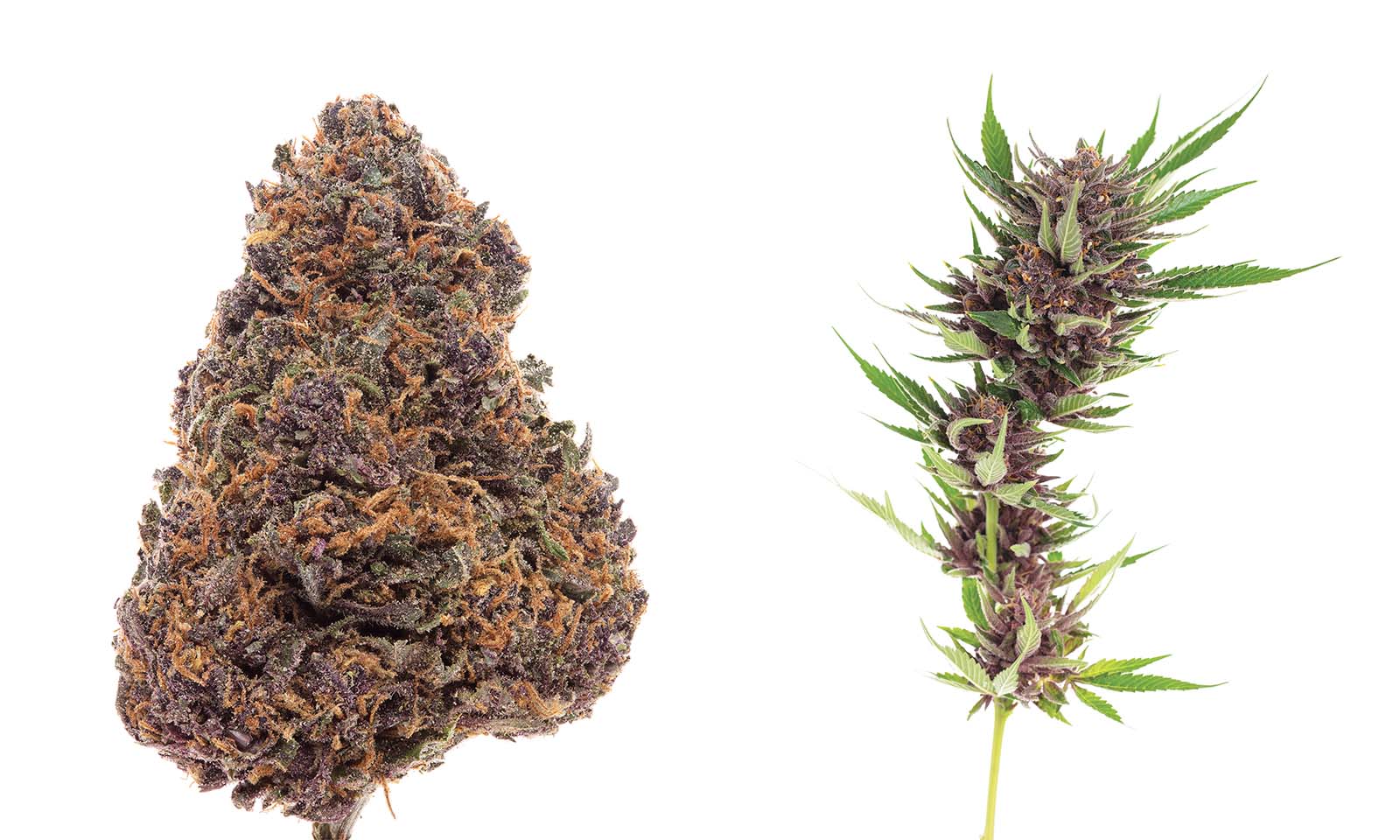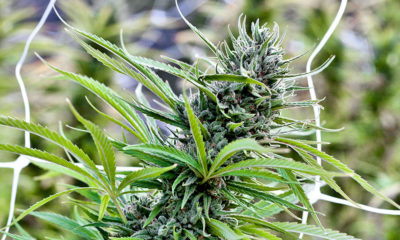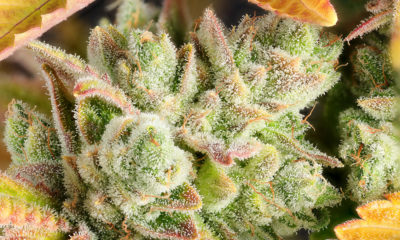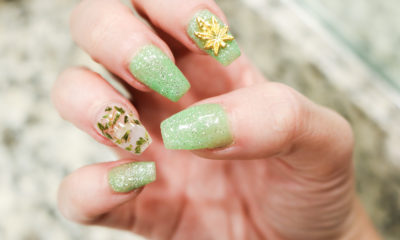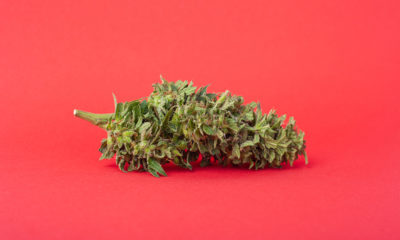Forbidden Fruit and the Serpents in the Garden
The truth behind the original Tangie x Cherry Pie cut — and how overeager growers have pushed the strain too far.
Forbidden Fruit is one of the San Francisco Bay Area’s fastest rising strain stars. San Francisco gave us Girl Scout Cookies, the East Bay gave us Granddaddy Purple — and now the South Bay can stake a claim to having one of the hottest strains on the scene by a mile. It was tough to track down the breeder of the now-famous strain, so tough that it felt like he was actually putting effort into not getting too much credit for Forbidden Fruit.
“It’s just not really a big deal like that,” says Joseph of Chameleon Extracts, the Santa Clara, California-based breeder behind Forbidden Fruit. “It’s not going to change anything in life, you know what I mean?”
Joseph says that Forbidden Fruit came to life four and a half years ago, when he dusted a Tangie plant from Crockett Family Farm with Cherry Pie pollen from Jigga, the legendary breeder behind Girl Scout Cookies and Gelato.
With the plant pollinated, Joseph was off to the races. The first wave of the propagation began with 37 phenotypes, which Joseph says leaned heavily toward the Tangie side of its genetics. Despite the number of test subjects, Joseph was immediately able to narrow it down to one winning phenotype.
“The one that we ended up keeping was purple from the beginning and that was how we ended up keeping the first one,” Joseph says. “Out of the 37, it was the only one showing any color at all. There was a couple that maybe smelled a little better, but it had that visual appeal I knew people would enjoy. But it tastes like Tangie all the way through. It had the Pie look, it just tasted like Tangie.”
From what Joseph understands, he was able to score a batch of seeds from Jigga’s Cherry Pie with a stroke of luck — some other cultivators had a falling out and gifted him the Cherry Pie seeds in the resulting break up. The Chameleon Extracts team popped 30 seeds and narrowed it down to one stunning Cherry Pie plant, the first they’d had in their possession.
“Then I acquired the cut of Tangie and the rest is history,” Joseph told us. “The Tangie we got is super special. There are a lot of people who don’t like it because they think it’s fake terpenes when we extract it.”
The mother Tangie plant behind Forbidden Fruit has been a cherished family cut of the folks at Crockett Family Farms for over a decade and the original genetics trace back to the mid-1990s. This Cali-O x Skunk cross continues to make waves, especially as the world of extracts caught up to its terpene profile. The fruity aroma of the Tangie is easily one of the most identifiable out there.
Forbidden Fruit was the first strain Chameleon Extracts would produce with their star Cherry Pie genetics. Today, Chameleon has a house purple strain that seems nothing like the purples that have come before it. When smoked, the strain’s fruity aroma results in a nice cerebral buzz and a satisfying body high, free of the couch lock one might presume would come from this vigorous of a purple.
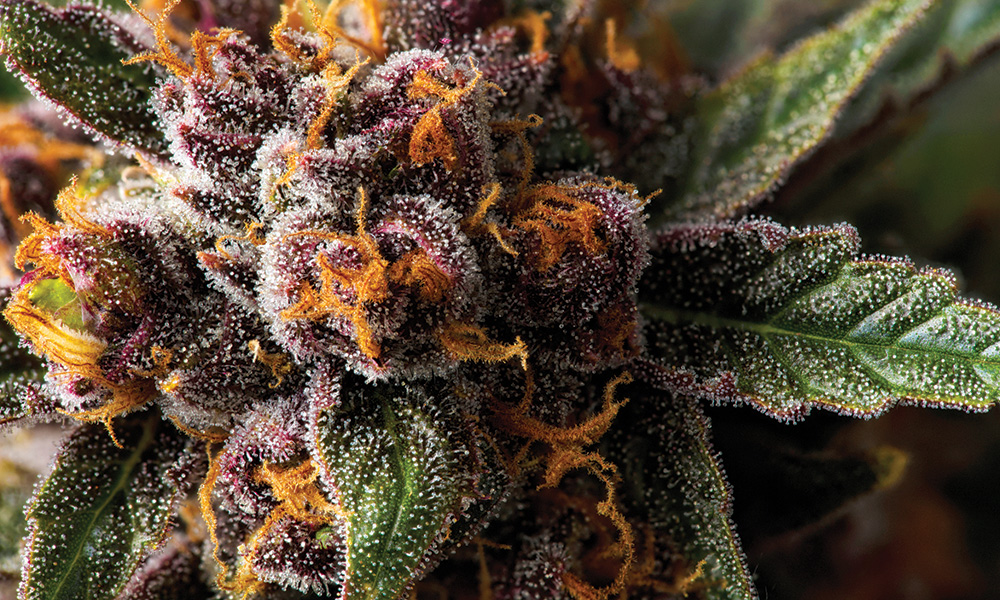
In Joseph’s opinion, the amount of Tangie grown in previous harvest seasons has been pretty overwhelming, making a Tangie cross a potentially bold move. “Too much Tangie!” he said with a laugh. “I actually backcrossed it with the Cherry Pie two more times to try and just dumb it down a little and get a little more of that potency behind it. Because when we first made it you wouldn’t get stoned at all.” Joseph believes that these backcrosses also provided for a new subtle cherry aftertaste in the strain’s smoke.
When the Forbidden Fruit entered the cannabis landscape, Joseph immediately faced claims questioning the legitimacy of his genetics on Instagram. And it was difficult for Joseph to respond, given that his Instagram has been deleted four times. “It’s under @Extractosdecamaleon now,” he says. “They kept deleting it, so I put everything in Spanish.”
But Joseph says that the truth about how his new prized genetics got out into the public realm is that his cut fell into the wrong hands. “Everyone I originally gave the cut to was on the up-and-up,” he says. “Then I took it to a secret sesh one time and I gave away one plant to one person who shouldn’t have gotten it. And that was the end of it all.”
We mentioned to Joseph that on a few occasions, we’d seen less than top-shelf versions of Forbidden Fruit — one cannabis competition in 2017 even had subpar versions featured at four different booths. Joseph says he knows exactly what other cultivators are doing wrong.
“The genetics are so strong that you don’t have to push it,” he says. “And everybody is pushing their PPMs [nutrient levels] so high that it’s actually stunting the growth. I hate saying it, but it’s kind of a Blue Dream in that you can literally throw it in the ground and hit it with a garden hose and you’re going to be extremely happy with the end results.”
The problem is that most experienced growers are pushing the plants so far that they have trouble scaling it back. “They always think that pushing the plant more is the answer and it’s not,” says Joseph. “It’s a really easy plant to grow. It doesn’t over-veg. It keeps a nice shell. The nugs are nice and tight. It’s just a matter of not doing too much.”
With its biggest year on the books yet, you should definitely keep your eye out for Forbidden Fruit — and hope your grower didn’t overfeed it.
Lineage: Tangie X Cherry Pie
Profile: 75% Indica
Flowering Time: 8-9 Weeks
Originally published in the print edition of Cannabis Now. LEARN MORE
TELL US, have you been hearing the hype about Forbidden Fruit?



